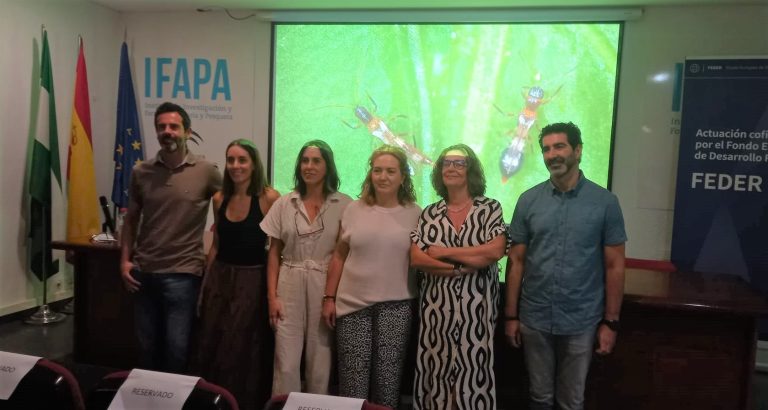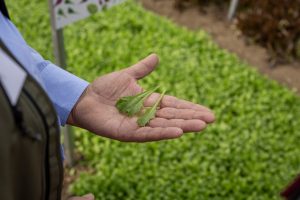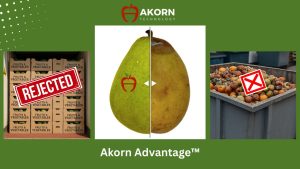This initiative, co-financed by the European Regional Development Fund (ERDF), was presented during a technical workshop in Almería, one of Europe’s most important greenhouse farming hubs. The event gathered over 100 growers, technicians, and representatives from cooperatives and agri-businesses to explore emerging solutions to a growing phytosanitary challenge.
Thrips parvispinus, also known as the tobacco thrips, was first detected in Spain in 2017. Since 2020, it has rapidly spread across Almería’s pepper greenhouses, causing significant economic losses due to fruit scarring and deformation. In severe cases, damage has led to yield losses of over 70%, according to Spanish farmers’ association ASAJA.
Despite the widespread use of Integrated Pest Management (IPM) techniques, current methods have shown limited effectiveness against this pest, prompting IFAPA researchers to deepen their understanding of its biology and ecological dynamics under local conditions.
Key aspects of the research include:
Field monitoring to study the pest’s population peaks and habitat preferences.
The identification and evaluation of native natural enemies, such as Franklinothrips megalops and green lacewings (Chrysopidae), which show promise as biocontrol agents.
Semi-field trials combining natural predators with complementary tools like color traps.
IFAPA also aims to explore the role of wild flora as potential reservoirs for the pest and assess interactions with other species and beneficial insects to optimize biocontrol strategies.
RELATED NEWS: Urgent action needed to protect crops from emerging thrips
During the workshop, researchers showcased early findings and emphasized the importance of accelerating sustainable pest management tools that can be scaled for commercial greenhouse operations across Europe and beyond.
This research forms part of the broader project “Emerging and Re-emerging Pests in Protected Horticulture,” reinforcing Spain’s commitment to sustainable crop protection through innovation and ecological approaches.




















